Time: the Quintessence of Ski Racing; February, 2019
Time is the quintessence of ski racing.
Thus, time, as measured by the clock, is at the heart of race competition. The shortest time wins. The total time spent between tripping the start wand and triggering the finish light determines outcome.
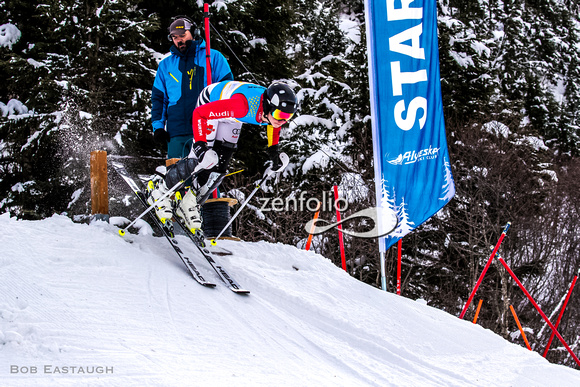 A92I2980
A92I2980
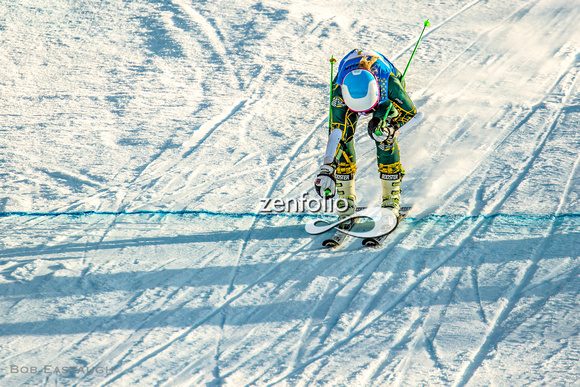 A92I9103-Edit
A92I9103-Edit
That other complex elements - such as skill, atmospheric and surface conditions, physical and mental condition, equipment, and luck - may dramatically affect the outcome does not diminish the critical importance of time to race competition.
But clocks aren't the only way to measure time. Measuring time with calendars gives a more nuanced view of ski racing, and racing careers, and the long-term benefits of racing. Here, it is the longest time that wins.
However measured, time is at the heart of all phases of racing, from the micro level (time spent making a given turn at a given gate, measured in hundredths of a second, unless you are a coach using thousandths in trying to figure out why Mikaela Shiffren is faster than your racer) to the macro level (time spent - perhaps measured in years or decades - racing or training to race).
Many race careers are relatively short by choice or not. A U10 might move to another sport for all kinds of reasons apart from skill and desire.
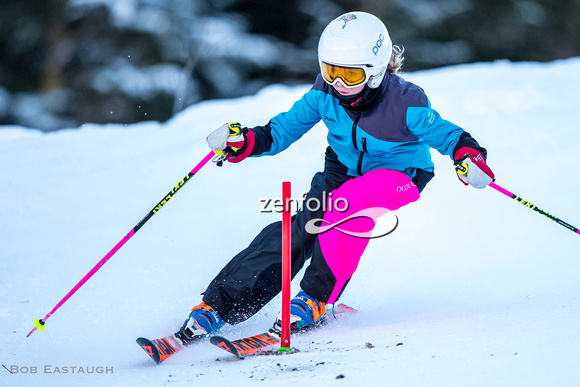 A92I0106
A92I0106
Race careers, like spring flowers, bloom quickly and in the normal progression only last until the next phase of the athlete's life.
A promising mid-teen athlete might suffer injury. Great talents at the international level can suffer devastating injury. And simple bad luck can cut short even the last days of a race career. UAA senior Martins Onskulis suffered a season-ending knee injury in training only six days before the start of the FISU series that should have been the culmination of his college racing career.
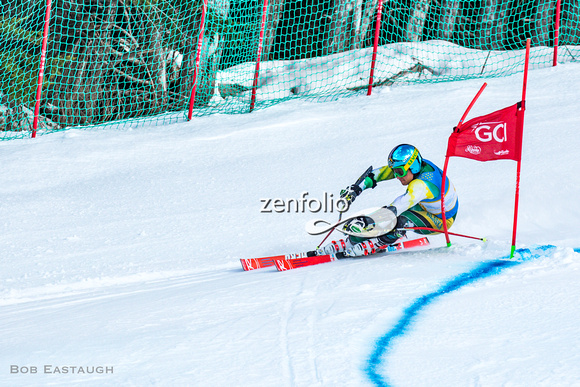 A92I6317
A92I6317
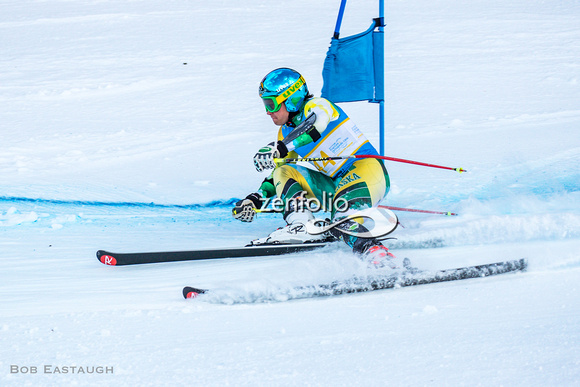 A92I6322
A92I6322
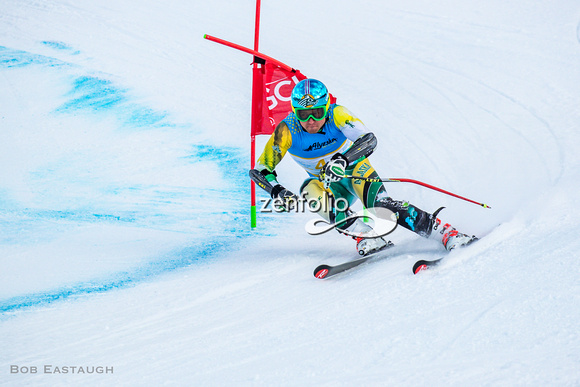 A92I8068
A92I8068
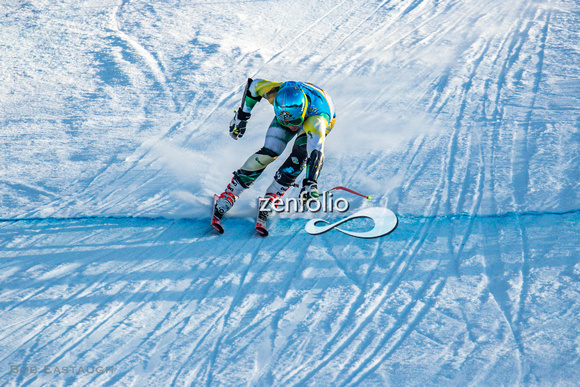 A92I9840
A92I9840
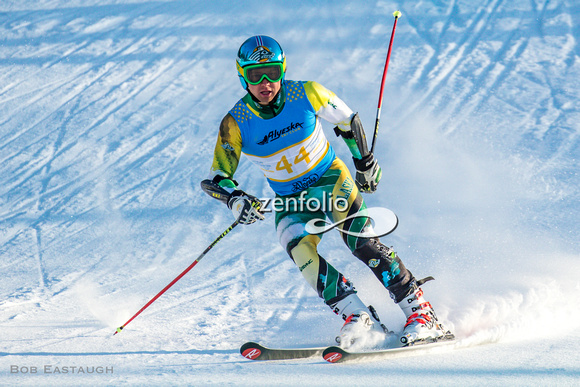 A92I9843
A92I9843
And some race careers are long. Many national and FIS level Masters have been competing for 50 years. Some of my most cherished ski racing memories are of skiing with the then-elder Masters (Al Sise) in the 1970's and 1980's who had raced at Dartmouth or national team levels in the 1930's and were still running downhills in their 80's. These were rarely race "careers" in the professional sense; most of these people (they were all intensely "people" in a social sense) had highly successful professional careers in other demanding fields. But they regarded their decades of racing and comradeship as fundamental to their own identities.
Time stands still, or seems to, sometimes, especially for impatient young racers eager to get on with their lives socially or athletically. For them, the hundreths seem to last forever. But for the rest of us, sometimes time passes very quickly, especially as the hourglass starts to empty in earnest. Sudden milestones (the passing of Warren Miller or Gary Black, for example) measure how quickly time has evaporated into the past. It is like awakening from a deep sleep to find that a 23-year old racer has now won four consecutive World Championship slaloms - if you can image that! - , or to discover a room full of skis that are surprisingly old, eight generations of retired ski boots, or your 1962 daypass from Stowe. And so on.
Time means change, in both the micro and macro sense.
For this moment in ski racing time, as of February 2019, the objectively measurable quintessence of the sport is .62 of a second. That was the margin of Mikaela Shiffren's second run over the second-run time of the best of the rest of the field in the 2019 World Championship slalom; it was enough to give her the championship by nearly half a second. Sick, barely able to breathe, she decided to race the second run because she concluded she ought to be able to race for 60 seconds. She did, brilliantly.
The photos used in most of the blog posts are available through my ski race galleries. Just email me, tell me the date of the blog post, the name of the racer, and which photo (first, second, etc.) in the post is of interest.
Comments


After a lifetime of mainly expressing myself with words, my postings here will mainly rely on images. They will speak for themselves to some extent, but I'll usually add a few comments of explanation. I've taken photographs for decades, since the 1950's, inspired in part by my father's photographic skill. Four years of photo assignments and quality darkroom time eventually gave way to decades of casual and family picture-taking. I re-immersed myself when I left film and turned to digital.